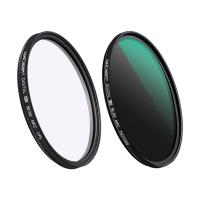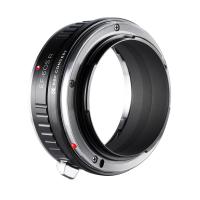Why Vacuum Is Used In Electron Microscope ?
A vacuum is used in an electron microscope to prevent the scattering and absorption of electrons by air molecules. When electrons pass through air, they can collide with gas molecules, causing them to lose energy and change direction. This scattering effect reduces the resolution and clarity of the electron microscope image. By creating a vacuum environment, the air molecules are removed, allowing the electrons to travel unimpeded and maintain their energy and direction. This enables the electron microscope to achieve high-resolution imaging and magnification of the sample being studied. Additionally, the vacuum environment helps to prevent contamination of the sample and the microscope components, ensuring the accuracy and reliability of the observations made with the electron microscope.
1、 "Principle of Vacuum in Electron Microscopy"
Vacuum is used in electron microscopy for several reasons, primarily to ensure the proper functioning of the microscope and to improve the quality of the images obtained.
One of the main reasons vacuum is used in electron microscopy is to prevent the scattering and absorption of electrons by air molecules. When electrons pass through a medium, such as air, they can interact with the molecules present, leading to a loss of energy and a decrease in the resolution of the microscope. By creating a vacuum, the number of air molecules is significantly reduced, allowing the electrons to travel unimpeded and maintain their energy levels. This results in sharper and more detailed images.
Additionally, vacuum helps to eliminate the presence of contaminants that could interfere with the electron beam or the sample being observed. Dust particles, moisture, and other impurities can scatter the electrons or cause damage to the sample, leading to poor image quality. By removing air and creating a vacuum environment, these contaminants are effectively eliminated, ensuring cleaner and more accurate imaging.
Furthermore, vacuum also helps to reduce the thermal noise generated by the electron beam. When electrons interact with air molecules, they can transfer energy and generate heat. This heat can cause vibrations and fluctuations in the electron beam, leading to image distortion and reduced resolution. By operating in a vacuum, the thermal noise is minimized, allowing for more stable and precise imaging.
From a latest point of view, advancements in vacuum technology have allowed for the development of more efficient and reliable electron microscopes. Improved vacuum systems can achieve higher levels of vacuum, reducing the presence of air molecules even further and enhancing the resolution and sensitivity of the microscope. Additionally, the use of advanced vacuum pumps and techniques has made it possible to create and maintain vacuum environments more easily and effectively.
In conclusion, vacuum is used in electron microscopy to prevent electron scattering, eliminate contaminants, and reduce thermal noise. It plays a crucial role in ensuring the proper functioning of the microscope and improving the quality of the images obtained. Ongoing advancements in vacuum technology continue to enhance the capabilities of electron microscopes, enabling researchers to explore the microscopic world with greater precision and detail.
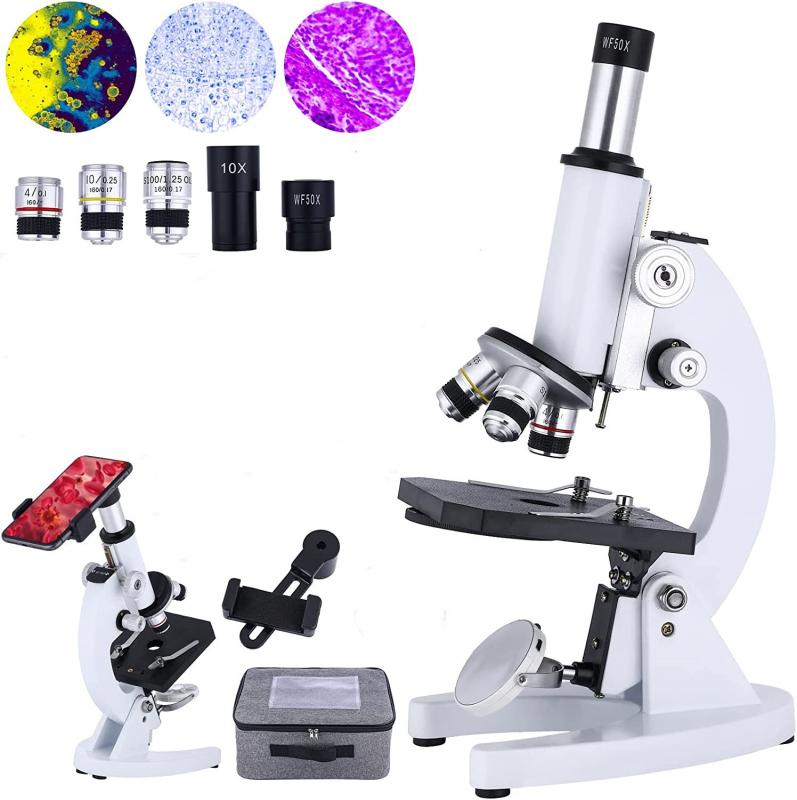
2、 "Benefits of Using Vacuum in Electron Microscopes"
Vacuum is used in electron microscopes for several reasons, which contribute to the overall benefits of using this technique for imaging and analysis at the nanoscale.
Firstly, the vacuum environment in electron microscopes helps to prevent the scattering and absorption of electrons by air molecules. When electrons pass through air, they can interact with the molecules, leading to a loss of energy and a decrease in the resolution of the microscope. By creating a vacuum, these interactions are minimized, allowing the electrons to travel unimpeded and provide clearer and more detailed images.
Secondly, the vacuum environment helps to reduce contamination and oxidation of the sample. When exposed to air, many materials can react with oxygen or other gases, leading to changes in their properties. By placing the sample in a vacuum, these reactions are minimized, allowing for more accurate analysis of the sample's true characteristics.
Additionally, the vacuum environment also helps to reduce the thermal effects on the sample. When electrons interact with the sample, they can generate heat, which can lead to thermal expansion and distortion of the sample. By operating in a vacuum, the heat dissipation is improved, minimizing these effects and allowing for more precise measurements.
Furthermore, the vacuum environment also enables the use of specialized detectors and accessories in electron microscopy. For example, the use of energy-dispersive X-ray spectroscopy (EDS) detectors for elemental analysis requires a vacuum to ensure accurate measurements.
In recent years, there has been a growing interest in the development of environmental electron microscopy, which aims to study samples in their natural or near-natural conditions. However, even in these cases, a low-pressure environment is still necessary to minimize the interactions of electrons with gas molecules and to maintain the stability of the sample.
In conclusion, the use of vacuum in electron microscopes provides several benefits, including improved resolution, reduced sample contamination, minimized thermal effects, and the ability to use specialized detectors and accessories. While there are ongoing efforts to develop alternative techniques for imaging in non-vacuum conditions, the vacuum environment remains essential for many applications in electron microscopy.
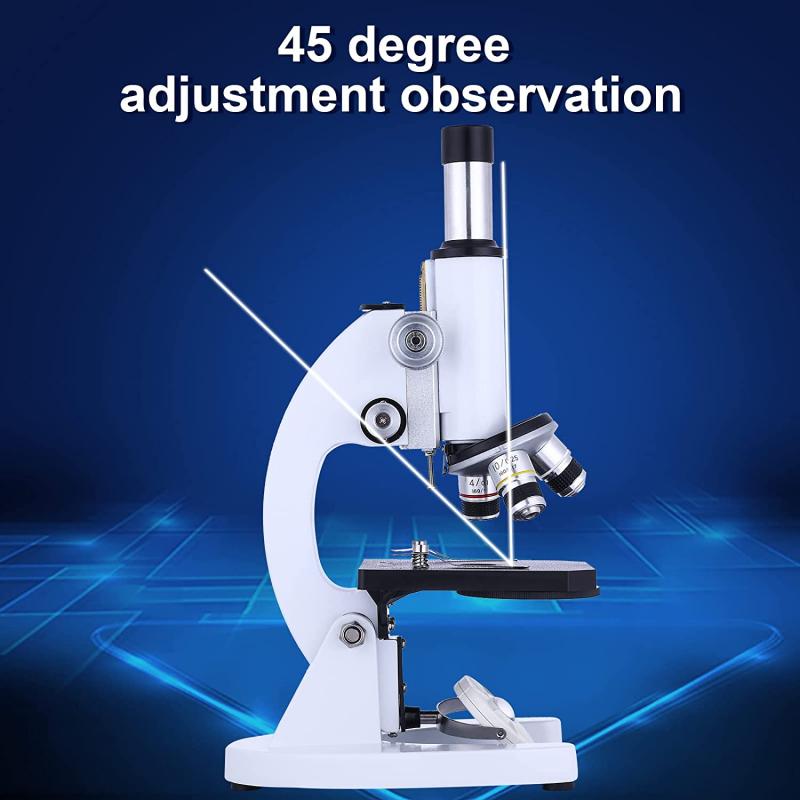
3、 "Vacuum's Role in Reducing Electron Scattering in Microscopy"
Vacuum is used in electron microscopy primarily to reduce electron scattering. When electrons pass through a medium, they interact with atoms and molecules, causing scattering and deflection of their paths. This scattering can distort the image and reduce the resolution of the microscope. By creating a vacuum environment, the number of scattering interactions is significantly reduced, allowing for clearer and more detailed imaging.
In a vacuum, there are fewer gas molecules for the electrons to interact with, minimizing scattering effects. This enables the electrons to travel in straighter paths, resulting in sharper and more accurate images. Additionally, the absence of gas molecules prevents the electrons from losing energy through collisions, allowing them to maintain their high energy levels and achieve higher resolution.
Moreover, the vacuum environment also helps to prevent contamination of the sample and the microscope components. In the absence of air or other gases, there is no risk of particles or molecules adhering to the sample surface or the microscope lenses, which could interfere with the imaging process.
Recent advancements in electron microscopy have further emphasized the importance of vacuum. For example, the development of aberration-corrected electron microscopy techniques has allowed for even higher resolution imaging. In these techniques, a vacuum environment is crucial to minimize the scattering of electrons and maintain the precision required for correcting aberrations.
In conclusion, vacuum plays a vital role in reducing electron scattering in electron microscopy. It enables electrons to travel in straighter paths, resulting in clearer and more detailed images. Additionally, the vacuum environment prevents contamination and is essential for advanced techniques such as aberration correction.
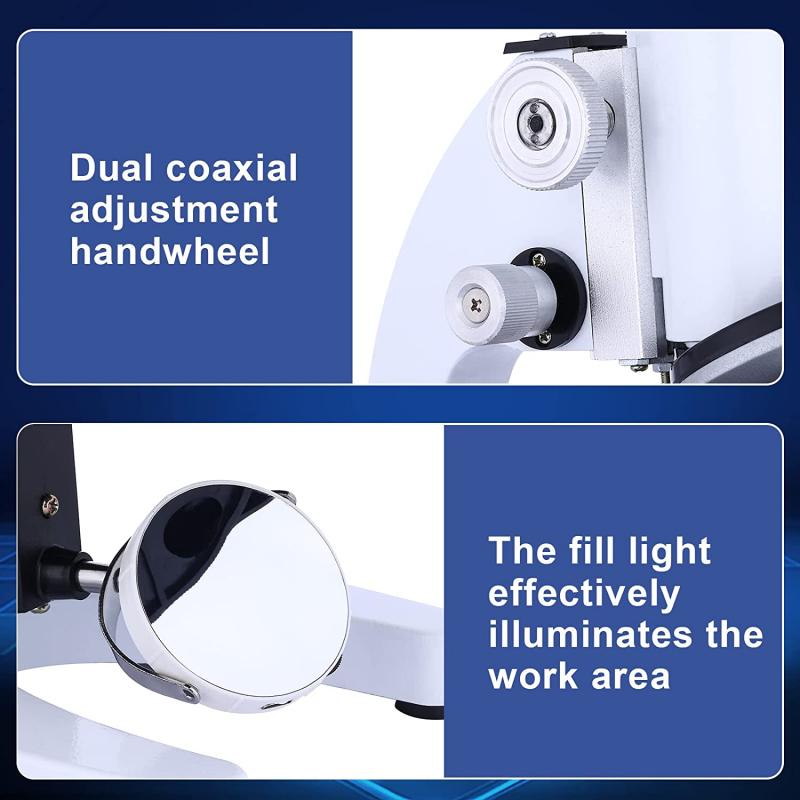
4、 "Maintaining a Vacuum Environment in Electron Microscopes"
Vacuum is used in electron microscopes for several reasons, all of which are crucial for the proper functioning and imaging capabilities of the instrument.
Firstly, maintaining a vacuum environment is essential to prevent the scattering and absorption of electrons by air molecules. When electrons pass through a medium, such as air, they can interact with the molecules, leading to a loss of energy and a decrease in the resolution of the microscope. By creating a vacuum, the path of the electrons is unobstructed, allowing them to travel freely and maintain their energy levels, resulting in sharper and more detailed images.
Secondly, a vacuum environment helps to minimize contamination and oxidation of the sample. When exposed to air, many materials can react with oxygen or other gases, leading to changes in their composition or structure. By eliminating air and other gases, the sample remains in a controlled environment, preserving its integrity and ensuring accurate analysis.
Furthermore, a vacuum environment also helps to reduce the effects of thermal noise. In a vacuum, there is no conduction or convection of heat, which minimizes temperature fluctuations and provides a stable environment for the electron microscope. This stability is crucial for achieving consistent and reliable results.
In recent years, there have been advancements in the development of electron microscopes that operate under low vacuum or even atmospheric pressure conditions. These new techniques aim to overcome some of the limitations of traditional high-vacuum electron microscopy, such as the need for sample preparation and the inability to observe samples in their natural state. Low-vacuum and atmospheric pressure electron microscopy techniques allow for the imaging of samples that are not compatible with high-vacuum conditions, such as wet or non-conductive samples. These advancements have expanded the capabilities of electron microscopy and opened up new avenues for research in various fields.
In conclusion, the use of vacuum in electron microscopes is essential for maintaining the integrity of the sample, minimizing electron scattering, reducing contamination, and providing a stable environment for accurate imaging. While there have been recent developments in low-vacuum and atmospheric pressure electron microscopy, the use of high-vacuum conditions remains the standard for achieving the highest resolution and image quality.



























